| S T Y L E |
TOM DIXON STUDIO
Design Studio | London
Inspired by Britain's unique heritage, Tom Dixon creates extraordinary objects with a distinctive personality. We catch up with the brilliant, self-taught British designer in his West London studio to find out more about his fascinating journey to become one of the world's leading designers.
RV: There's Tom Dixon the musician, the designer, the entrepreneur... Given that you can wear so many hats, how would you describe yourself?
TD: I guess I would say that I'm a design entrepreneur. I started out as a designer by learning metalwork techniques and welding. I was involved at the time in the music business. It was very much a hobby at first, repairing vintage cars and motorcycles. But very quickly it turned into a method of making things for fun. I made a lot of things and people started buying them. I was always intrigued by the idea of turning basic metal into gold. I always quite liked the fact that I could have an idea one day, make it, and then sell it the next day. I was inspired by the fact that people wanted my products. The hobby then turned into a job. I first had a studio where I was making things with my own hands, mainly metalwork, and then a studio with maybe 15 or 17 people, making more ambitious, bigger projects. I opened my own shop in London, and was then discovered by the Italian luxury furniture brands who started putting some of my designs into proper industrial production. This gave me more international visibility.
RV: You then went on to work for one of the largest furniture companies in the world...
TD: Yes. For 10 years, I was then a creative director at Habitat, which was owned by IKEA at the time. I went from being a tiny, self-taught designer, to working for the biggest furniture company in the world, which taught me a lot about global sourcing, and about what people really buy, as opposed to what you may see in magazines. It also taught me a lot about communication and packaging, and the movement of containers around the world. It really was like being at the University of Interior Products. I played in textiles, in toys, in carpets and tableware, and lots of other categories as well. After 10 years of doing creative direction, I felt that it was time to start designing again and creating my own label, under my own name. That's been quite a big challenge, particularly with all of the different types of categories that we get involved in at my company, Tom Dixon, such as chairs, lighting and tableware, and the rest of it. But it's been an amazing ride, full of excitement, full of risks, and full of fun.
RV: What are some of the biggest challenges that you face as an entrepreneur and a designer?
TD: Regarding the designing side of things, I wouldn't say it's easy, but in a way it's the fastest thing that we do. Having an idea is cheap in a way. Trying to put it into production, finding somebody who's prepared to make it, finding other people who are prepared to buy it, is the difficult part. Everybody has ideas. Everybody's constantly saying, "You should do this. You should do that. I've thought of this idea." The tricky part is having the confidence to invest in a manufacturing tool, in stocking the products in a warehouse, and then waiting for people to buy the products. What interests me is the idea that you can have a degree of control over your own destiny, by having your own label and your own company. Most other designers, particularly of my generation, have tended to be of service to the manufacturing industry, or to work for many different brands. I made the conscious decision to work under my own name, and to take on all of the development and distribution challenges that come with it. I don't know yet whether I'm stupid or clever.
RV: You've already achieved a great deal of success as your company is an internationally-recognised brand...
TD: We have a successful company, but all of the money goes back into reinvestment in new ideas, in stock, and in expansion. Maybe some simpler model would have made me richer, but the satisfaction that comes with having responsibility for your own destiny is worth the challenge.
RV: Where does your inspiration and creativity come from?
TD: I get bored very easily, so I'm always trying to do something new and fresh. I had a very tiny studio when I started out. If I didn't sell the thing that I just made, I couldn't finance the next piece. That attitude of getting rid of stuff and moving onto the next thing is ingrained into what I do. In a way, if I wasn't interested in the commerce part, I'd have been more comfortable being a sculptor and leaving it to other people. Any designer should be interested not just in the shape of an object, but how it's made and who buys it. This is what designers should be engaged in. The tricky part is trying to understand what is your own fantasy, and what is interesting to other people.
RV: Which of your creations are you the most proud of?
TD: The ones that have the most visibility are interesting, in terms of how they've allowed me to progress and get international distribution and recognition. The products in this company that have been working amazingly well is our lighting, specifically lights such as the beat lights, which you see hanging around us in our studio. They were never intended as a commercial product. The departure point was a project to preserve vanishing metalwork techniques in Jaipur, India. We've managed to get a lot of craftsmen making these lamps. There's also the S-chair, which we made in my studio in the beginning, and we did many, many versions of it. It was picked up by Cappellini and ended up in the Museum of Modern Art in New York, which is a great thing for any designer – it was quite a life-changing object for me. In reality, my favourite objects are always the ones I'm doing next, which are top-secret and I can't talk about now. What excites me isn't so much what I did before, but what I might do next. I've been very lucky to have many new adventures in different sectors of materials, different types of functionalities, and different shapes.
RV: Why did you decide to launch your Design Research Studio?
TD: When we started the Tom Dixon label, we had to generate some fees to survive. It started off, really, as a means of survival by doing interior design projects. Rapidly, it's become a great method for understanding the outside world. By interacting with restaurateurs, hotel owners, or people who want a new office, you start to really understand what products are needed and which ones are missing. It's like having a live brief for your product range. It's become incredibly important, not only for defining the objects that we do, but also for allowing people to see the whole world of “Tom Dixon-ness”, rather than just one object in a retail store. For a lot of furniture companies and product designers, you never really have a great deal of input into where the things are shown. You'll be fragmented in a retail environment, or you might be at the mercy of another interior decorator, who might not put it with the things that you think are appropriate. By having our own interior design studio, we get to not only understand what clients really need in terms of products, but we also get to put them into a whole setting to explore some of the underpinning ideas we have about how things should look.
RV: Can you tell us more about your collaborations with major brands such as Audi, and more recently, Adidas?
TD: What motivates me are new adventures. I like being quite naive in a sector. By working with automobile companies or apparel companies, you get this vision into a completely different means and method of producing stuff. The Adidas project was fantastic, because it exposed us to not only high-tech textiles and their production methods, but also to sportswear and how that business works. We often collaborate with bigger brands than ourselves, because we can be faster moving and interesting for them. Also, the studio's very much involved in trying to define interiors. We're a design studio that goes all the way from collaborations with other brands to doing interiors as a service.
RV: What would be the advice that you would give to young designers and entrepreneurs?
TD: I think we're on the verge of a very exciting time for young entrepreneurs, in terms of accessibility to some of the tools, the finance, and the communication methods that used to be very difficult to access. If you had to do an advertising campaign, or if you had to sell things on the other side of the world, it was very complicated to do that when I started. There's this whole revolution, with all of these different platforms for international commerce and communication – from PayPal, to Etsy and eBay. They're at the disposal of anybody who's got a good idea. It's actually a lot easier to be an entrepreneur than it ever was, particularly if you're remote from one of the big capitals. The difficulty for entrepreneurs is the fact that, with so many people clamouring for attention, how do you stay unique and how do you get recognised? The big lesson I would give to entrepreneurs is not to copy anybody else and to be themselves. The most important thing in the modern world is to be unique and to stand out as having a distinct and different offer to anybody else. That's the hardest lesson to teach. It's also the hardest thing to do at the moment, because any idea that you have is immediately mediatised on your Facebook page or through magazines. It's very hard to retain your ideas for yourself. They immediately become the property of everybody. Nobody wants somebody who is slightly like somebody else. It's about being unique, independent and standing out from the crowd. If you don't do that, you've had it in the modern world.
RV: Which cities inspire you the most?
TD: I love cities, in general, so I go to different cities for a different buzz in each one. There are some cities in full evolution right now that are very exciting. Istanbul is a fantastic city. I used to love Cairo, which is probably in total evolution right now. I haven't been for a while, so that would be exciting. I'm also very fond of Seoul in Korea, as it's a city that is changing very rapidly and is an exciting place to be. I'm also looking forward to seeing some new cities. Lima is on my list, so I'm very excited to go there for the first time. Again, my favourite cities are probably the ones I've never been to yet.
RV: You're still very young, but what would you like to be remembered for?
TD: What would I like to be remembered for? It would be nice to think that the objects that I make live on. We're very interested in the possibility of our products becoming antiques in the future. It would be nice if the objects that we make now have many lives into the future. We try and breed in as much longevity and as much almost unfashionability into the objects as possible, so that they have a long life.
Interview: Enrique Nalda & Kimberley McLoughlin
Photography: Courtesy of Tom Dixon
Interview first published in RedVisitor Magazine: Issue Two - Purchase Now
O T H E R S T Y L E I N T E R V I E W S . . .



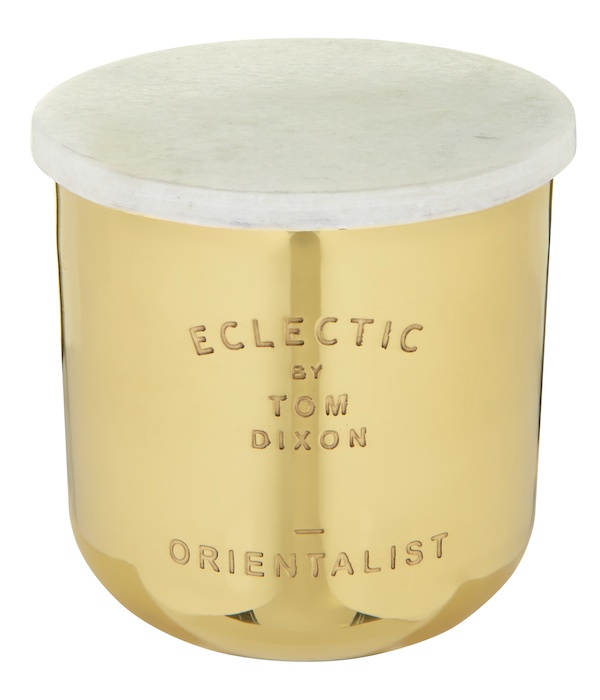
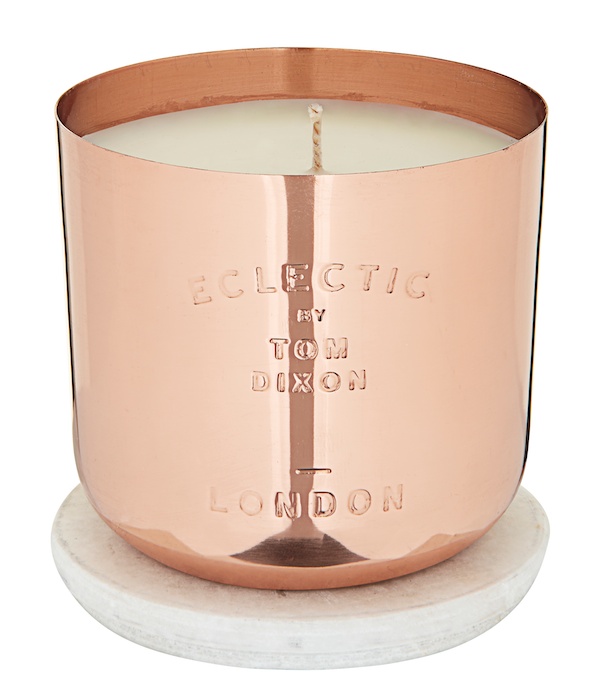
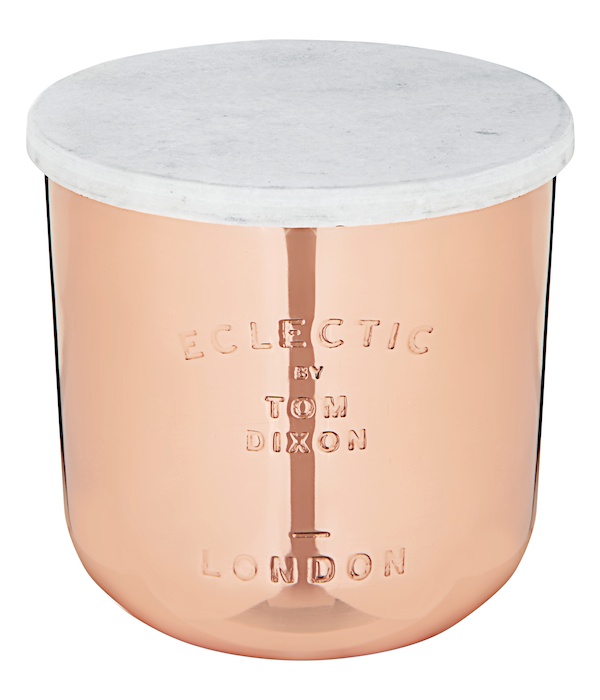
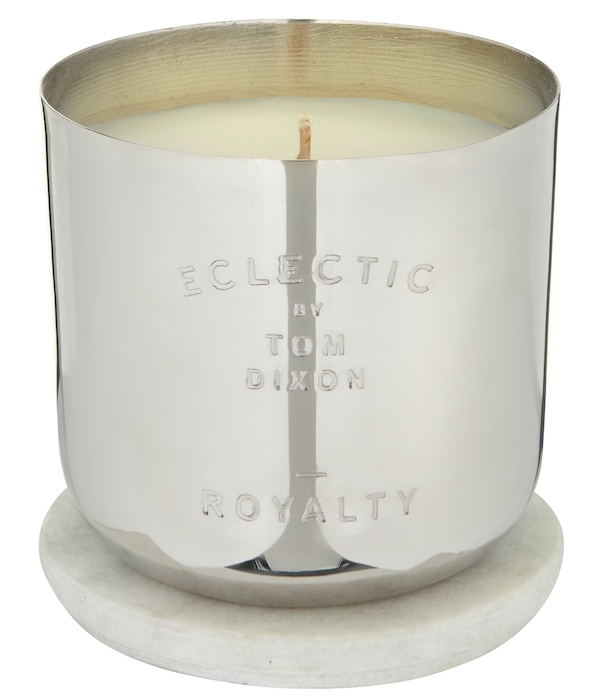
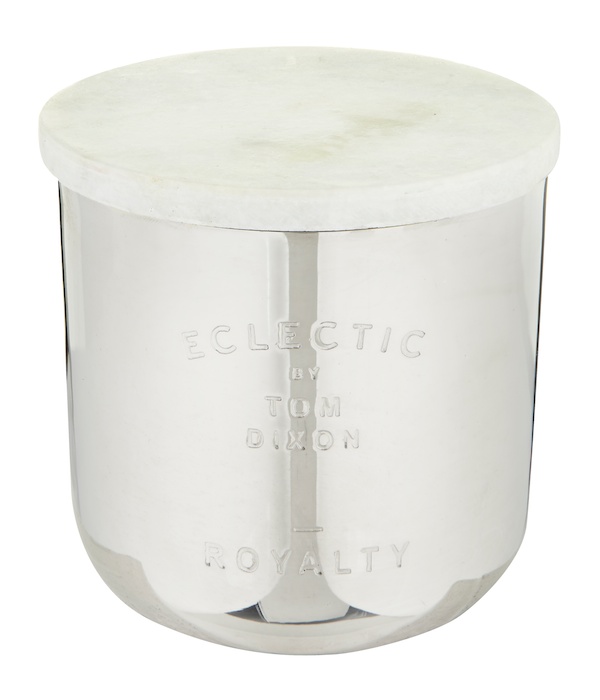

















Luxury Handbags & Accessories | LONDON